Descrizione
In the eleven years that have passed since the publication of the first edition in Italian of my book Endodontics, there has been a real explosion in new technology, new instruments and new materials, necessitating the need for revision and updating. The new rotary instruments in Nichel Titanium are widely and universally accepted, and have simplified the most complex part of the root canal treatment, namely the shaping. Their use in fact makes root canal preparation more rapid, more efficient, with results that are certainly more predictable. Consequently there is reduced stress for both patient and clinician and ultimately one can obtain a preparation that is extremely conservative having the advantage of maintaining the strength of the endodontically treated tooth and therefore increasing its longevity. Apart from the gutta-percha vertical compaction technique described by Prof. Schilder, well known and widely used around the world, other techniques of heated filling have been affirmed or introduced in the past decade namely, the Thermafil Technique presented by Dr. Ben Johnson and the Continuous Wave Technique described by Dr. Stephen Buchanan. A new canal obturation material has recently become available as a substitute for gutta-percha: this material is resinous with all the physical characteristics of gutta-percha (thermoplastic, soluble in chloroform) but also guarantees adhesion to the dentinal wall and therefore an even better seal. Prof. Mamoud Torabinejad, from the Loma Linda University in California, has studied and validated a biocompatible and above all hydrophilic material for the treatment of perforations, imature apices, pulp exposures and that can also be used in surgery for retrograde filling, has literally changed the approach of operators confronted with the above clinical situations enabling large numbers of teeth to be saved, which would have otherwise been condemned to extraction or a certainly long treatment time, with a more uncertain prognosis. Ultrasonics currently are not used exclusively for oral hygiene procedures on our patients, but have an infinite number of uses in the endodontic field, namely removal of posts and screws, the removal of calcifications, old filling material in the pulp chamber, the finishing of the access cavity, the exposure of the mesio palatine canal of the mesio buccal root of the upper first molar, the removal of fractured instruments and silver cones, as well as retrograde cavity preparation in the endodontic surgery. But the greatest revolution that has occurred in the last decade has certainly been the widespread use of the operatory microscope. This is essentially clue to people like Gary Carr of San Diego California. Today in the specialist endodontic schools of North America and in many other parts of the world, endodontics is taught and carried out using the microscope. The canal has ceased to be “a black hole” in which one works aided by tactile sensitivity and that which one can “see” only by attentive examination of a radiograph. Currently, whatever difficulty that is present in the straight part of the root canal, even if in the most apical third, is easily seen and resolved thanks to the magnification and coaxial illumination that an operatory microscope guarantees. The operating microscope has radicallly transformed Surgical Endodontics into a microsurgical procedure. All the surgical phases can be carried out with the use of the microscope: the incision, the root end preparation and filling as well as the suturing. This has dramatically increased the predictability of the results, improved the prognosis, raised the quality of success and by no means last, reduced the operator’s stress. In surgical endodontics the microscope enables careful examination of the accuracy of ones incision, preparation, retrograde filling and suturing, with an increase in predictability of results, and a better prognosis and higher percentage of success. For all these reasons after eleven years since the publication of the first edition I felt the need to update it, making available to students and clinitians the necessary information. Furthermore, driven by the success which the preceeding edition also had abroad, the work is published in English with the contribution of many colleagues and friends that offered to help me with this by no means easy task.





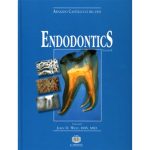
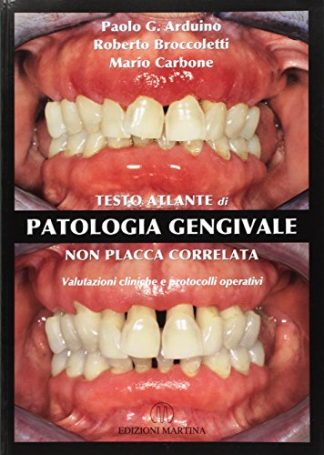


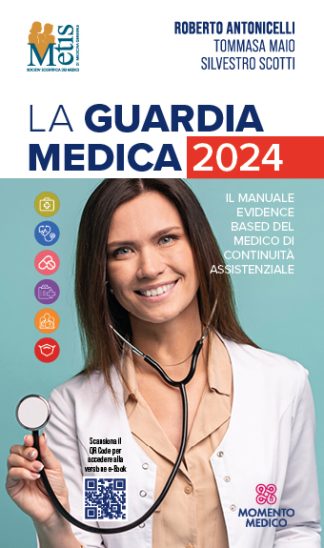
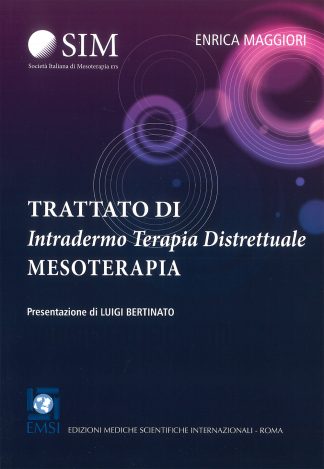
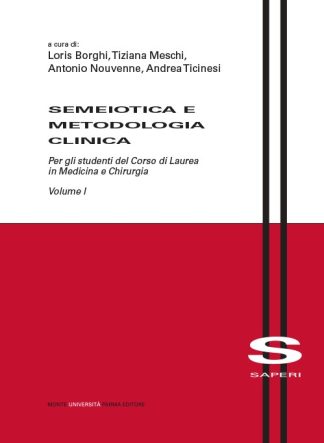
Recensioni
Ancora non ci sono recensioni.